Organic Food is down to earth
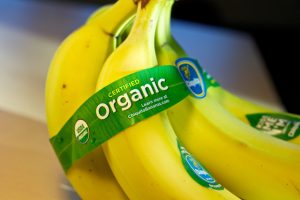 Organic agricultural methods are internationally regulated by the International Federation of Organic Agriculture Movement (IFOAM), an international umbrella organization for organic farming organizations established in 1972. The USDA National Organic Standards Board (NOSB) definition as of April 1995 is: “Organic agriculture is an ecological production management system that promotes and enhances biodiversity, biological cycles and soil biological activity. It is based on minimal use of off-farm inputs and on management practices that restore, maintain and enhance ecological harmony.”
Organic agricultural methods are internationally regulated by the International Federation of Organic Agriculture Movement (IFOAM), an international umbrella organization for organic farming organizations established in 1972. The USDA National Organic Standards Board (NOSB) definition as of April 1995 is: “Organic agriculture is an ecological production management system that promotes and enhances biodiversity, biological cycles and soil biological activity. It is based on minimal use of off-farm inputs and on management practices that restore, maintain and enhance ecological harmony.”
George Washington Carver was instrumental in introducing crop rotation into the southern states in USA where the monoculture of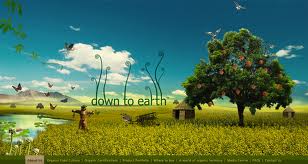 permanent growth of cotton was depleting the soil and increasing pest populations. By rotating with peanuts and sweet potatoes he provided the means for growing alternative cash crops and increasing yields of all crops. He should be credited for the organic farming. Because organic farming is a form of agriculture that relies on techniques such as crop rotation, green manure, compost, and biological pest control. He recognized that systematic crop rotation restores nitrogen in soil. Carver tried alternating cotton crops with plantings of sweet potatoes and legumes such as peanuts, soybean and cowpeas; he observed that this restored nitrogen in the soil and the crops were far better quality and tasted better.
permanent growth of cotton was depleting the soil and increasing pest populations. By rotating with peanuts and sweet potatoes he provided the means for growing alternative cash crops and increasing yields of all crops. He should be credited for the organic farming. Because organic farming is a form of agriculture that relies on techniques such as crop rotation, green manure, compost, and biological pest control. He recognized that systematic crop rotation restores nitrogen in soil. Carver tried alternating cotton crops with plantings of sweet potatoes and legumes such as peanuts, soybean and cowpeas; he observed that this restored nitrogen in the soil and the crops were far better quality and tasted better.
Nevertheless, organic farming uses fertilizers and pesticides (which include herbicides, insecticides and fungicides) if they are considered natural such as bone meal from animals or pyrethin from flowers. Additionally, organic farming involves growing systems that enhance biodiversity, biological cycles and soil biological activity.
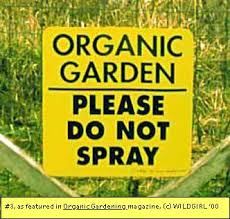 Organic farming does not use pesticides and synthetic fertilizers. The farmer needs to work in harmony with nature by doing careful management of the soil; in this style of farming the seeds and the weeds play an important role.
Organic farming does not use pesticides and synthetic fertilizers. The farmer needs to work in harmony with nature by doing careful management of the soil; in this style of farming the seeds and the weeds play an important role.
The most important element in organic farming is about laying a solid soil foundation; it requires being moist but well drained. The pH content in the soil needs constant observation; since the right pH measure is essential for the growing of the crops. The farmer works hard at maintaining the right temperature, providing rich organic matter to the farm area and making sure that the soil is always nutrient rich. These methods need experienced and mature farming; a good farmer understands the soil texture and pH content in it by just looking at it. The process varies based on the crop to be grown.
The color of soil changes to dark or pale depending on water content in it. Dark blue or dark green soil indicates poor water drainage. If the water drainage is poor and the soil is very dark, then it starts smelling with foul odor. Farmers add limestone if the pH levels are not adequate. The weeds need to be controlled through natural methods and makes sure that the pests and insects do not spoil the crops. Plowing and tiling needs to be done in the right extent since excessive tilling sometimes destroy the organic matter in the soil.
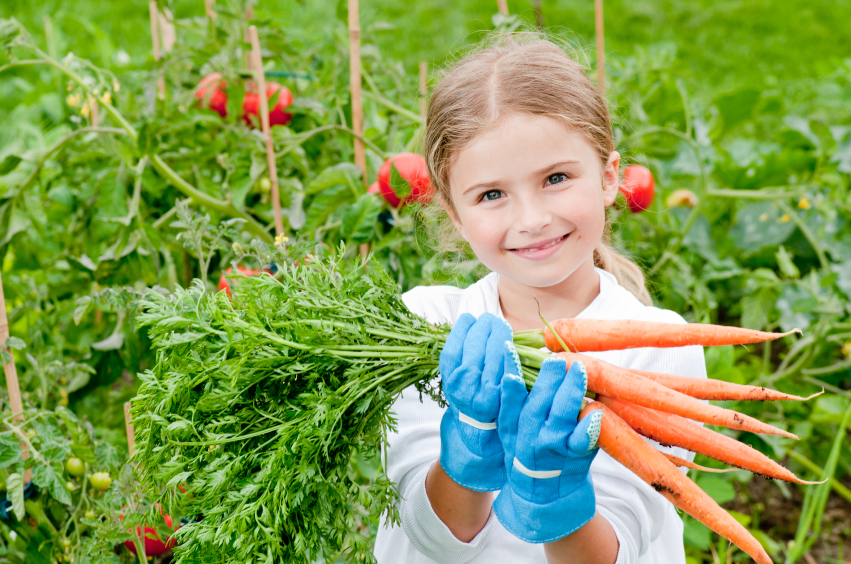 Let’s look at the benefits of organic farming. Organic farming is good for earth. It replenishes key elements to the soil naturally. Industrial farming, on the other hand, saps nutrients from the soil, thus requiring increasing amounts of fertilizers or other additives to maintain yield year after year, thus eroding the soil. When chemicals and fertilizers are used for better farm produce it only adds to mounting soil pollution.
Let’s look at the benefits of organic farming. Organic farming is good for earth. It replenishes key elements to the soil naturally. Industrial farming, on the other hand, saps nutrients from the soil, thus requiring increasing amounts of fertilizers or other additives to maintain yield year after year, thus eroding the soil. When chemicals and fertilizers are used for better farm produce it only adds to mounting soil pollution.
We are unaware of the games played by corporate lobbyists – who set the EPA (Environmental Protection Agency) standards of pesticides used in industrial agriculture for big agribusiness. As gullible consumers, we are ignorant about different pesticides used in the farm produce; these pesticides are allergic and infectious. Thus, consumption of organic foods reduces our exposure to pesticide residues and antibiotic-resistant bacteria.
Farm workers who spray chemicals on plants and weeds and harvesting pesticides-laced vegetables suffer cancer and other diseases. And, we as consumers also are at risk of digesting tainted vegetables, fruits and livestock. They say ignorance is bliss. We inadvertently consume toxins day after day leading to deterioration of our health. Can we afford to remain blissful and ignorant for too long?
Organic foods are free of neurotoxins; toxins that damage brain and nerve cells. A commonly used class of pesticides called organophosphates was originally developed as a toxic nerve agent during World War I. After the war, industry modified them to kill pests on foods. Many pesticides are still considered neurotoxins. It has been researched and found that organic foods support growing children’s brains and bodies. Children’s growing brains and bodies are far more susceptible to toxins than adults. Choosing organic helps feed their bodies without the exposure to pesticides and genetically-modified organisms.
 Organic food tastes great and it is not exposed to gas-ripening. These days we see yellow bananas in market; they look beautiful and tempting, though most of them are gas-ripened. Organic food supports wildlife habitats. Even with commonly used amounts of pesticides, wildlife is being harmed by exposure to pesticides. People who eat meat be careful while purchasing it; choose organic meat because it lessens your exposure to antibiotics, synthetic hormones, and drugs that find their way into the animals and ultimately into you.
Organic food tastes great and it is not exposed to gas-ripening. These days we see yellow bananas in market; they look beautiful and tempting, though most of them are gas-ripened. Organic food supports wildlife habitats. Even with commonly used amounts of pesticides, wildlife is being harmed by exposure to pesticides. People who eat meat be careful while purchasing it; choose organic meat because it lessens your exposure to antibiotics, synthetic hormones, and drugs that find their way into the animals and ultimately into you.
If we respect mother earth, we must opt for organic food because it supports greater biodiversity. Diversity is fundamental to life on this planet. Genetically-modified and non-organic food is focused on high yield monoculture and is obliterating biodiversity.
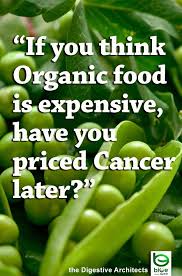 Since 1990 the market for organic food and other products has grown rapidly, reaching $63 billion worldwide in 2012. This demand has driven a similar increase in organically managed farmland which has grown over the years 2001-2011 at a compounding rate of 8.9% per annum. As of 2011, approximately 37,000,000 hectares (91,000,000 acres) worldwide were farmed organically, representing approximately 0.9 percent of total world farmland. That’s quite encouraging.
Since 1990 the market for organic food and other products has grown rapidly, reaching $63 billion worldwide in 2012. This demand has driven a similar increase in organically managed farmland which has grown over the years 2001-2011 at a compounding rate of 8.9% per annum. As of 2011, approximately 37,000,000 hectares (91,000,000 acres) worldwide were farmed organically, representing approximately 0.9 percent of total world farmland. That’s quite encouraging.
We are what we eat. Food is a necessity to live; we need the nutrients and vitamins from the food we eat to survive. Let’s respect our lives, our earth, and our environment. Organic food is has come long way and is here to stay. EAT ORGANIC AND STAY FIT.












































